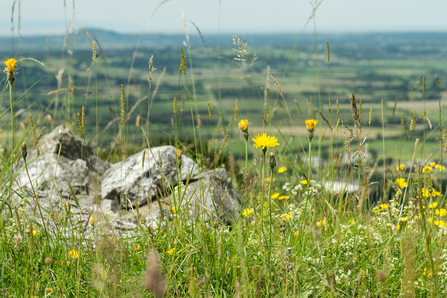Nature reserves are special places that are managed primarily for nature and wildlife. Across Somerset, there are hundreds of reserves, including the fantastic 66 sites we currently look after. Visiting these places can help you connect with nature and learn more about some of the incredible and varied species that call Somerset home.
Among these are the rare and vulnerable bittern, great white egret, large-blue butterfly, hazel dormouse, and adder, species which are all supported and protected within Somerset’s nature reserves.
However, isolated sites are not enough to reverse nature’s decline on their own. Fragmented habitats can cause significant and often catastrophic problems for many of our species, which is why we believe in an approach to land management that is all about being bigger, better, and more joined up.
This is the ethos behind ‘super’ National Nature Reserves (sNNRs), which bring together landowners and land managers to collaborate on a landscape-scale approach to nature conservation.
To celebrate National Nature Reserve Week, we’re focusing on Somerset’s two ‘super’ NNRs and some of the incredible partnership work that has already been carried out across the county to help bridge together some of our most important nature-rich sites.















